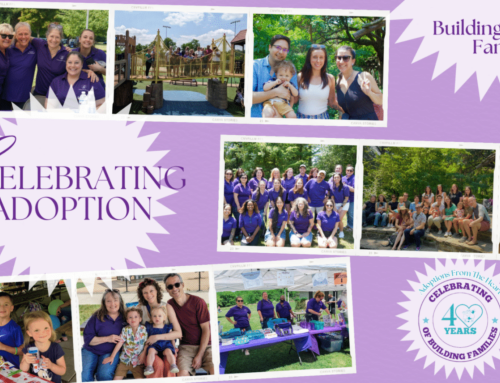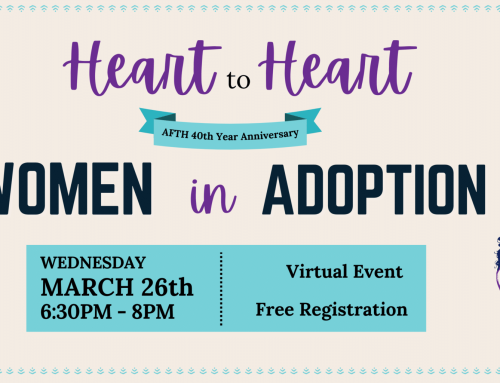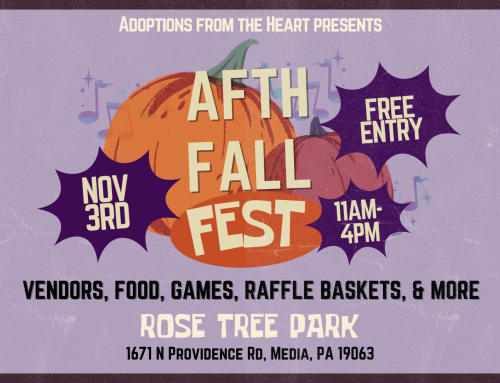Virginia is a state rich in natural beauty, with plenty of beautiful gardens, parks, arboretums, and other nature destinations. The Norfolk Botanical Garden is one of our favorite places to appreciate nature in this state. Our Virginia adoption agents think it’s an ideal destination for a family outing on a nice day. This garden has been open since 1938 and consists of 75 acres of high, wooded ground and 75 acres of reservoir. The garden was listed on the National Register of Historic Places in 2005. Some of the reasons why we think the Norfolk Botanical Garden is worth seeing include:
Bristow Butterfly Garden
This 2-acre butterfly garden serves as a habitat which attracts and supports butterflies and moths during each stage of their lifecycles. Notable garden features include a swallowtail and monarch nursery, nectar garden, moonlight garden, and butterfly bush collection. The Butterfly House is open seasonally and allows you to get up close with several different types of butterflies.
Kaufman Hydrangea Garden
The 1.5-acre Kaufman Hydrangea Garden is home to roughly 300 hydrangeas representing 20 different species and 200 different cultivars. The Bigleaf Hydrangea is the most common species in the garden, but there are several other interesting types. This hydrangea collection has been named an Official North American Collection by the American Association of Botanical Gardens and Arboreta’s North American Plant Collection Consortium (NAPCC). It’s one of only 21 National Collection holders recognized by the NAPCC.
In the summer, you can expect to find Gold Dawn Redwood, Hydrangea, Sedge, and Wild Ginger in the Kaufman Hydrangea Garden.
WOW Children’s Garden
World of Wonders: A Children’s Adventure Garden is a three-acre garden designed for families and kids. This garden is split into several different areas with different interactive lessons in each. These sections include:
World Plaza
Be prepared to get wet in this section, which includes various water features including fountains, bubblers, foggers, and jet sprays. You can also go on a pretend exploration of the oceans and other major waterways.
Discovery Peak
Discovery Peak hosts edible garden demonstrations where you and your family can learn about the wide range of edible plants grown in the garden. You’ll recognize many of them, but others will be new. This section includes two vertical “living walls” where gardens are growing. Other features include fruit trees, containers growing edible plants, and a world tour of edible and commercial crops organized by continent of origin.
The Dirt Factory
Here, kids can dig, climb, explore, and learn about bugs and plants. An oversized tree house is located here and it’s a great place to learn and play at the same time.
Plant Safari
Learn how to tell time using your own body as a sundial, mark birthdays on a giant calendar, and follow a trail through almost an acre of wetlands, forests, grassland, and desert.
Passport Gardens
Here, you can learn about different plants from around the world and the people who live in those areas, these include:
- Werowocomoco Woods – Eastern US Deciduous Forest
- Oodnadatta Outback – Austrailian Outback
- Choco Rain Forest – South American Rain Forest
- Ithaca Isle – Mediterranean Chaparral
- Serengeti Savanna – African Grassland
- Kamchatka Taiga – Northern Coniferous Forest





